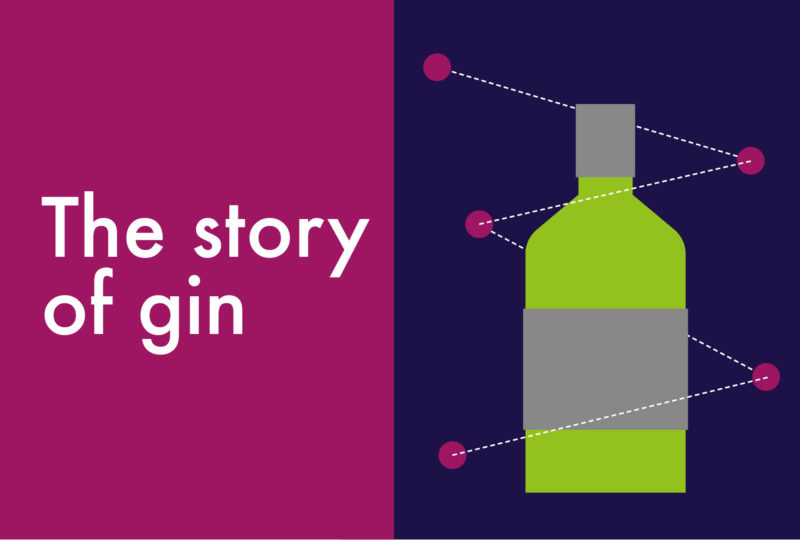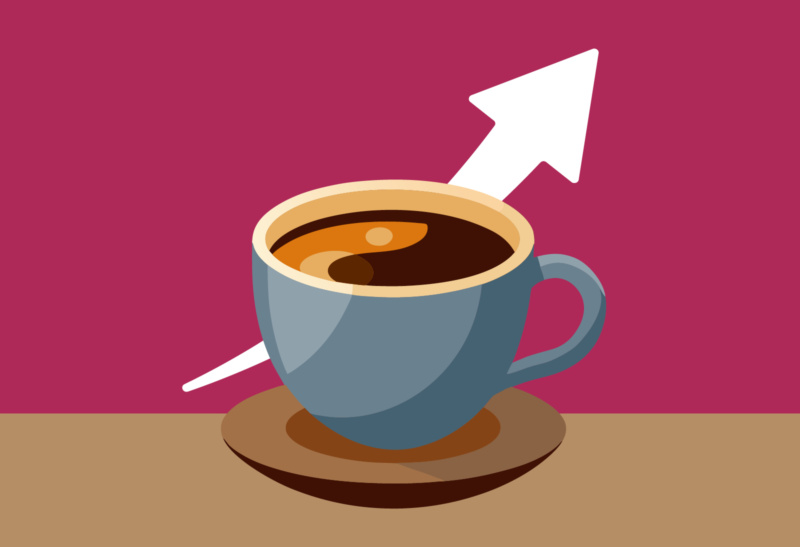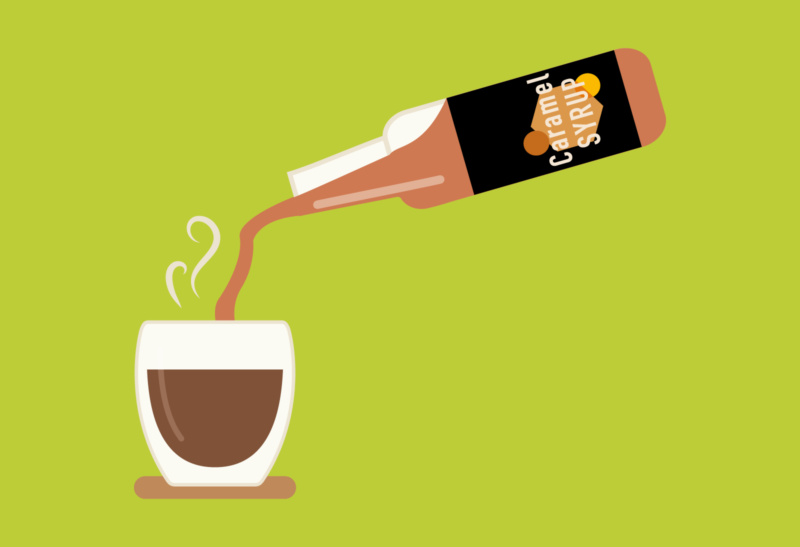It is not particularly insightful of me to point out that gin is the UK’s favourite spirit. It’s an absolute behemoth with its own gravitational pull. When I started in this industry nearly 18 years ago I worked for the premier high street wine merchant. We sold 4 gins: Gordons, Beefeater (still underrated), Tanqueray and Bombay Sapphire. When I left retail 5 years ago, running Oxford’s leading independent, I sold 50 gins. The rise of gin has been a sustained assault of juniper upon the nation and it shows no signs of diminishing. It is officially the nation’s favourite spirit with 25% of drinkers regularly purchasing it, up from only 10% four years ago. [1]
The British reputedly discovered Jenever during the 80 Years’ War; realising that a small tot before battle filled them with bravery, hence the term ‘Dutch Courage’. By the 17th century Jenever was then being flavoured with juniper, anise, coriander and a number of other botanicals. This recipe made its way to the UK and the British turned it into gin. Gin was about to have its first explosion, and I don’t just mean of the bathtubs in which illicit distillers were producing it.
By the 1730’s there were 7000 legal gin shops in England. The government has allowed gin to be distilled without requiring a licence whilst at the same time applying heavy tariffs to French brandy. The door was opened for production and low quality barley, which was unfit for beer production, found a new use. Gin became the cheapest liquid available to drink and due to its alcohol levels was considered ‘healthier’ than beer and water, which contained various bacteria. In 1743 the English were consuming gin at the rate of 10 litres per capita. This is before the invention of Nurofen…
Due to the increase in public drunkenness, gin gained a very poor reputation. William Hogarth’s Beer Street & Gin Lane presented an image of a society falling apart due to excessive alcohol consumption and was the ‘Say no to drugs’ campaign of its day. Gin found itself becoming heavily taxed and licensed. Riots erupted. Yes, riots. Over gin. I believe this is what we might today call a ‘First World Problem’. Eventually all this petered out and gin found a balance, as did consumption. But it struggled to shake off the negative associations.
So what has led to the second rise of gin we see today? Spirits are probably the most accessible segment in the world of alcohol. They’re easily segmented by type and consumers easily identify with a preference; do you prefer vodka or whisky? Brandy or rum. Once that decision is made it is very easy for the consumer to then explore that world through the prism of brands. Ask someone if they like gin and if they reply in the affirmative it is often supported with a brand. “I love gin, especially Opihr” Further to this, we know that the gin drinker is ready to explore beyond their favourite knowing it is always there as a fall back, like a faithful best friend. In 2018 54 new distilleries opened, bringing the total to 361.[2] That’s 361 brands to explore, each producing a number of different gins. In our own portfolio, which is ever evolving of course, we currently list around 80 gins. This is only going to grow to satisfy the insatiable demand for our favourite juniper driven spirit. It’s a tough job but we have a dedicated team of buyers who are consistently exploring the world of gin and looking for new and exciting brands, producers and ranges to add to our range. Over the last year we have worked hard to ensure we have what our customers need. We carry all of the top 11 selling gins in the UK and 17 of the top 20. We anticipate that shortly we’ll have every single one of those plus more small, boutique and local gins too.
Consumers are drinking less but spending more. They’re interested in the story, the provenance, the very ‘experience’ of their chosen drink. Look at all the leading gins and they all have great stories to tell. Whether these stories are real or manufactured by a skilled marketing team isn’t really relevant. It’s a story into which the consumer can buy and then retell to their impressed and amazed friends.
Whilst all gin is flavoured, the rise of this term as a sub category has further helped consumers to identify with their favourites. In 2018 ‘flavoured’ gin sales increased a whopping 751% in value.[3] If you had said to anyone in the drinks industry ten years ago that we’d fall in love with rhubarb gin they’d have looked at you as if you had grown a second head. If you were to then suggest that the nations’ second biggest selling spirit[4] would be Gordon’s Pink Gin they’d have walked away after calling you a lunatic. But that’s where we are.
And it’s all thanks to Hendricks. Before Hendricks no one had any idea that you could put anything other than a slice of lemon in your G&T. When they suggested cucumber instead there was a collective gasp from drinkers; their minds blown that we could be so gung ho with our established cocktail. This was the game changer and got us thinking about gin in a new light. Thanks Hendricks, sterling work.
The total gin category is now worth in excess of £2 billion and over 70 million bottles.[5] It is currently showing no signs of decline. As we become a more enlightened culture when it comes to alcohol consumption gin will only gain in stature. It’s become cultured, social and a form of self expression. A far cry from the days of William Hogarth and exploding bathtubs.
Highlighted Gins:
The story of Chase involves potatoes, crisps and eventually world beating spirits. Based in Herefordshire Chase have become one of the UK’s leading gin and vodka producers. The Williams Gins produced by Chase hark back to the old days of traditional, dry and aromatic English gins. For a modern spin on a historic flavour these are a must for any gin adventurer.
Bathtub Gin from Ableforth is one of the newest gins on the spirituous block. Hand wrapped in brown packaging paper for that artisanal feel that reflects its production, the neck is hand wound with 8 metres, yes 8 metres (check it yourself if you don’t believe me) of twine before being dipped in wax. This is a subtle, orangey and pure gin that is ideal for reinvigorating the taste buds.
Whitley Neil offer a fabulous range of ‘flavoured’ gins. Technically all gin is flavoured but WN have spearheaded this new and exciting sub category with flavours of Rhubarb & Ginger, Parma Violet and even Blood Orange. Not only are these delicious and beautifully crafted, they look superb on the back bar.
We have of course listed the UK’s number 1 selling gin, Gordons Pink.[6] If you’re desperate for a taste of warm summer days this is the perfect choice. It’s not only the country’s number one gin, but the second biggest selling spirit behind Smirnoff. Quite an achievement for such a young product.
[1] Kantar World Panel June 2019
[2] WSTA Report – covered in the Independent March 2019.
[3] Morning Advertiser April 2019
[4] Morning Advertiser Nov 2019
[5] The Spirits Business August 2019
[6] Morning Advertiser November 2019



